12 GPTs for Statistical Methods Powered by AI for Free of 2025
AI GPTs for Statistical Methods are advanced artificial intelligence tools based on Generative Pre-trained Transformers, tailored for tasks and topics related to statistics and data analysis. These tools leverage the power of machine learning to provide customized solutions for statistical modeling, data interpretation, and predictive analytics. By integrating GPTs, users can access a wide range of statistical functions, from basic data analysis to complex predictive modeling, making these tools highly relevant for anyone working with data.
Top 10 GPTs for Statistical Methods are: 神经导航,BRAIN,Gentle Data Science Navigator,Academic Research Helper,Quantitative scholar,DA Mentor,Scientific Research & Writing Guide,assistantR.jp,Coding and Statistical Analysis Expert,Advanced R Assistant
神经导航
AI-powered neuroimaging analysis assistant
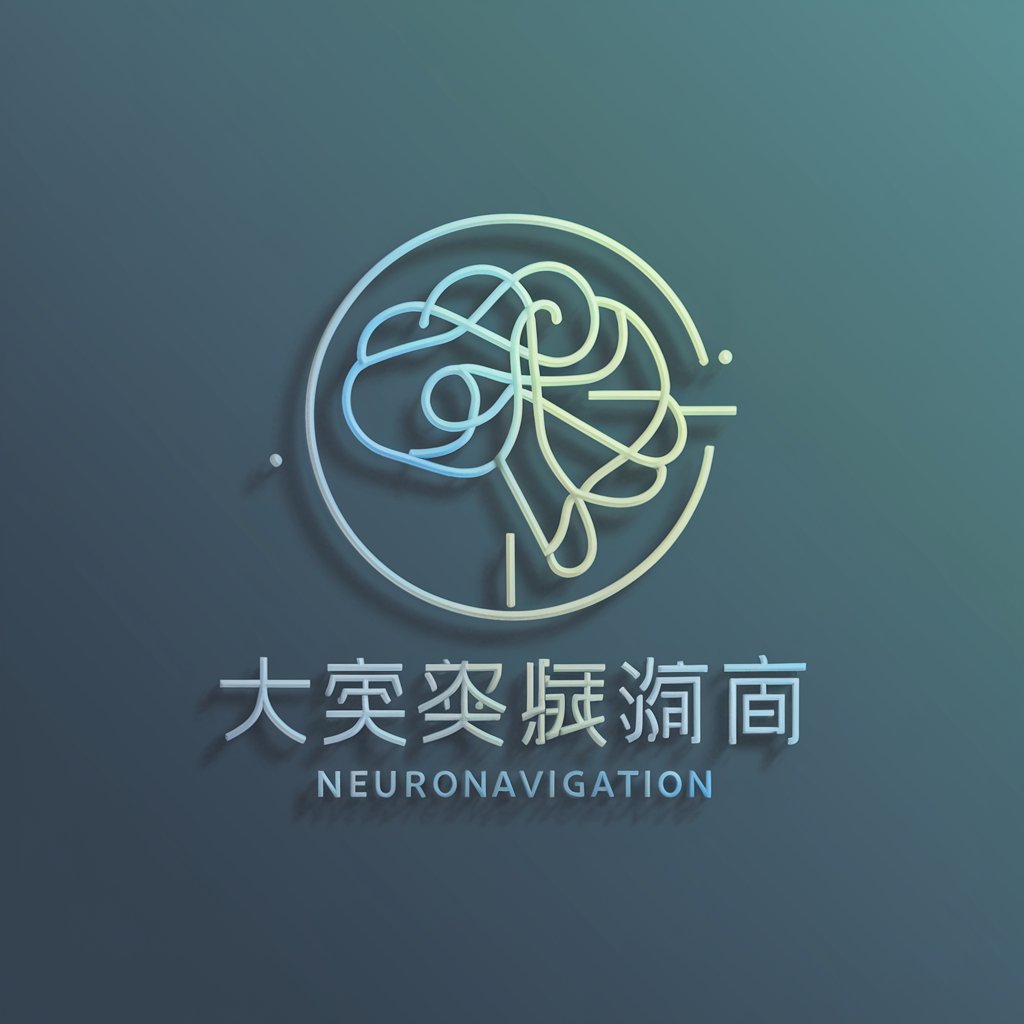
BRAIN
Empowering research with AI-driven insights.
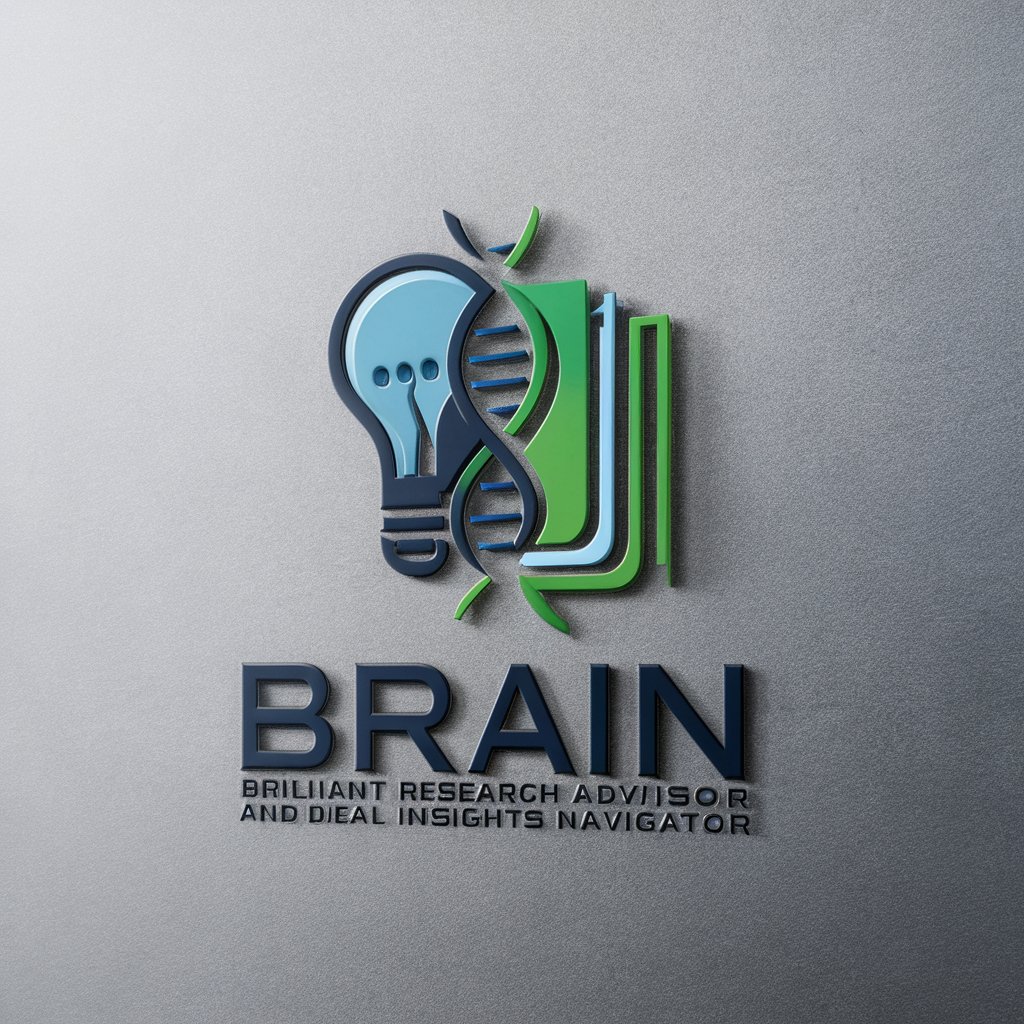
Gentle Data Science Navigator
Empowering your data science journey with AI
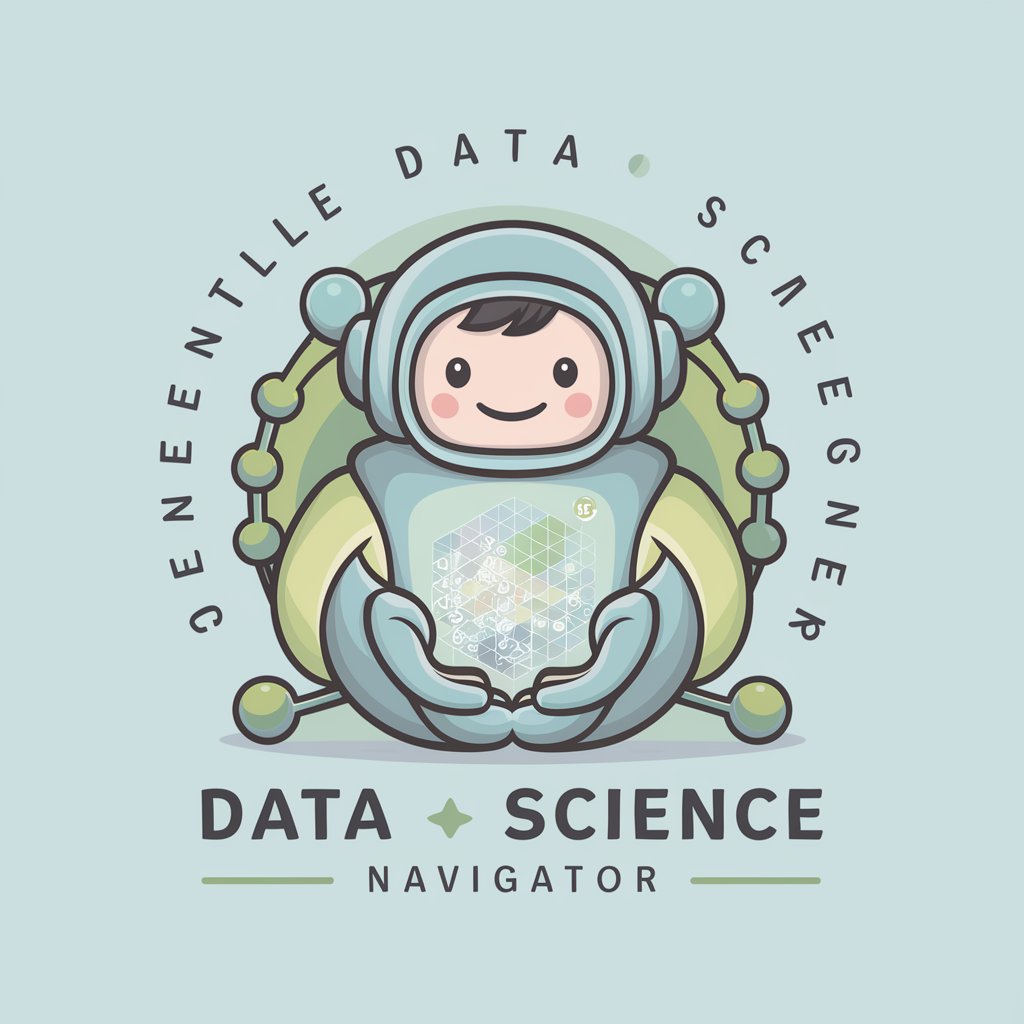
Academic Research Helper
Empowering research with AI precision.
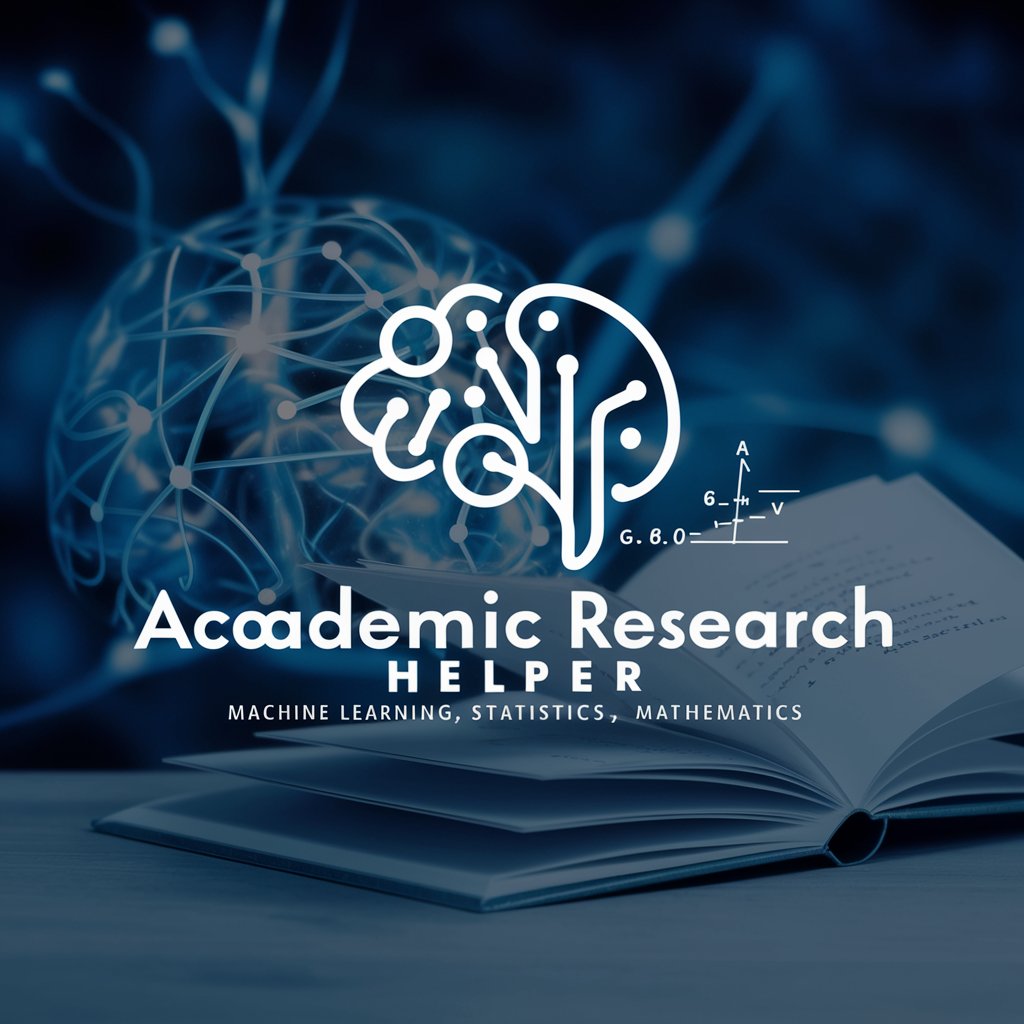
Quantitative scholar
Empowering research with AI-driven analytics

DA Mentor
Empowering data analysis with AI guidance.
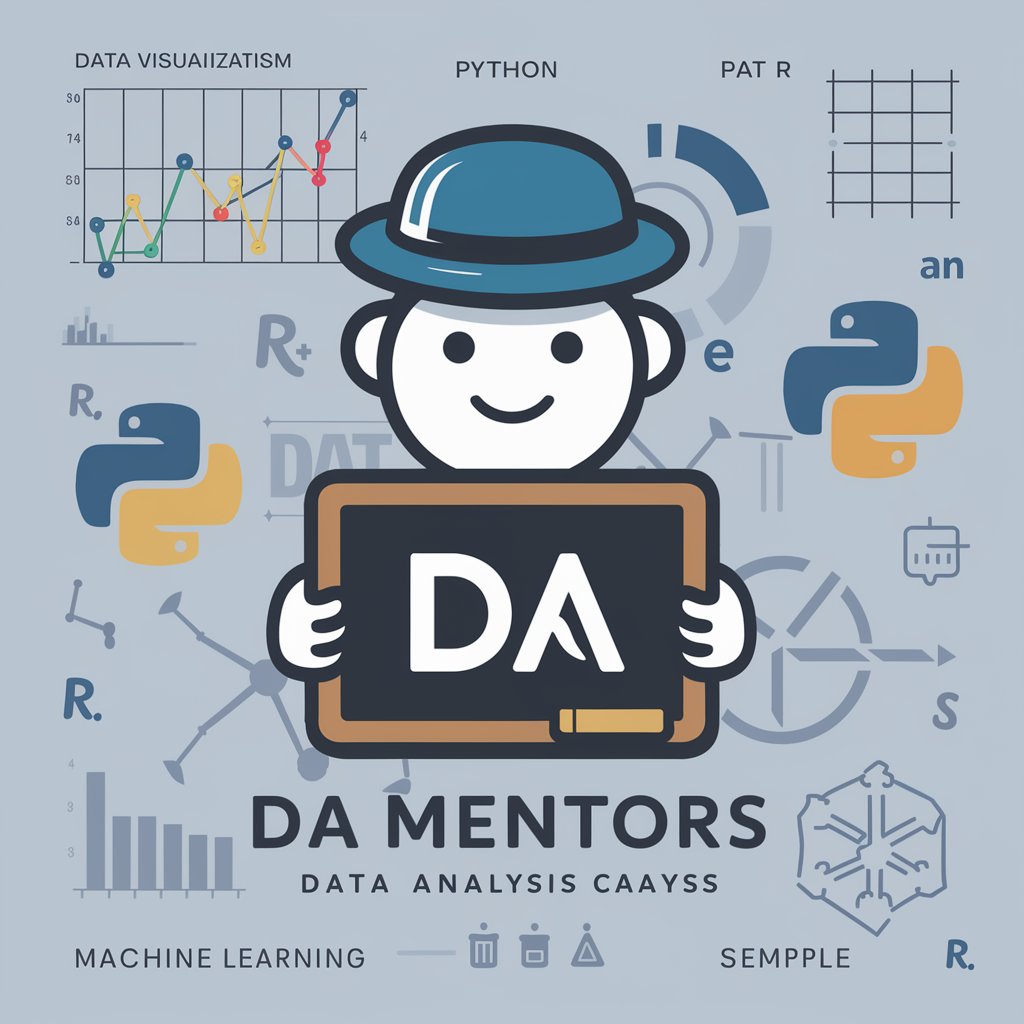
Scientific Research & Writing Guide
Enhancing Scientific Writing with AI
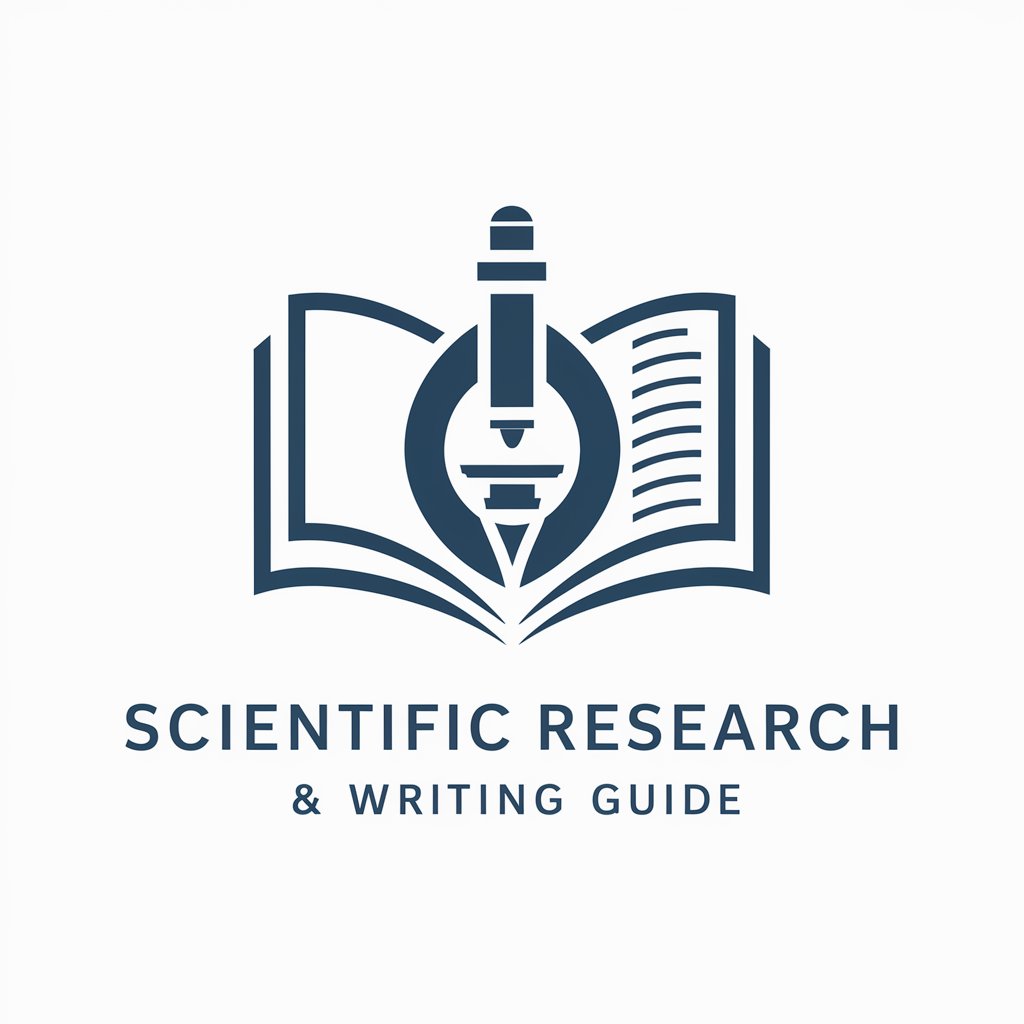
assistantR.jp
Elevating R programming with AI expertise.

Coding and Statistical Analysis Expert
AI-powered coding and data analysis assistant
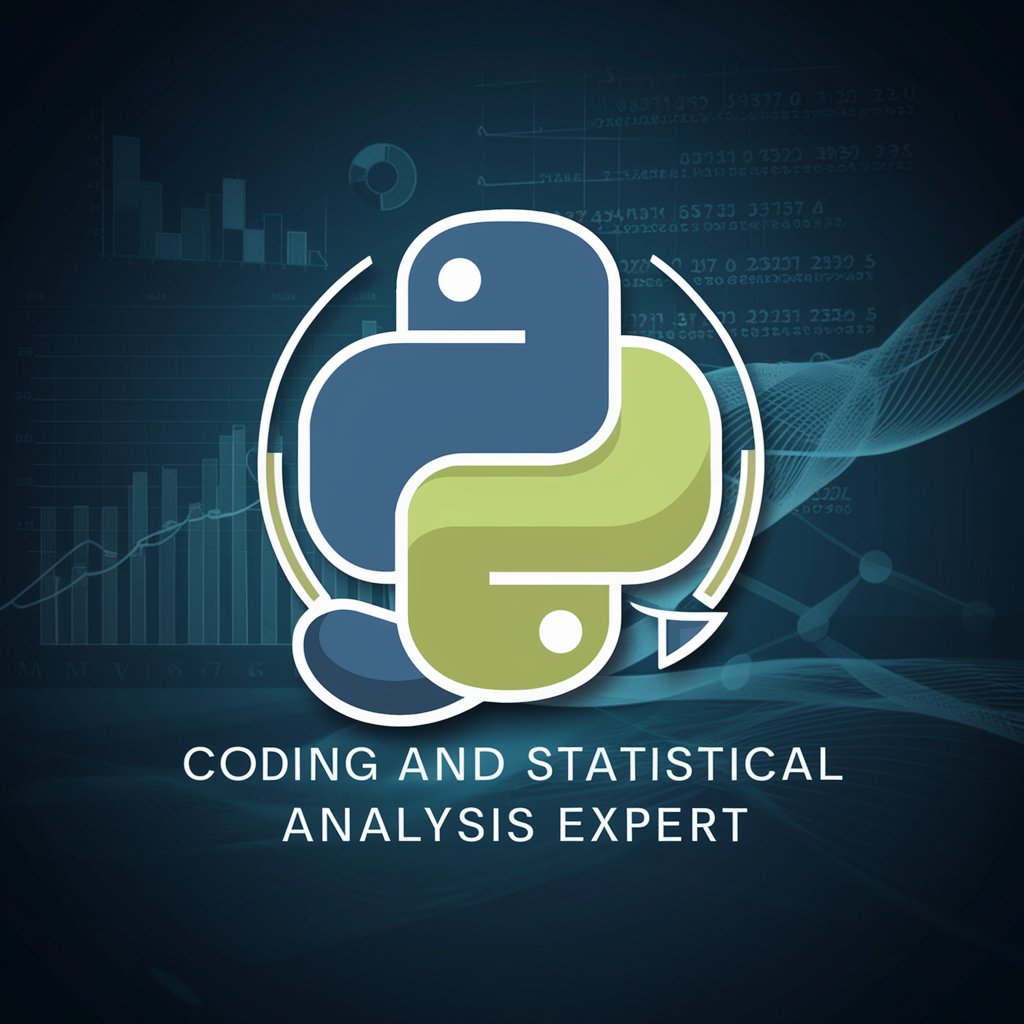
Advanced R Assistant
Empowering your R coding journey with AI.
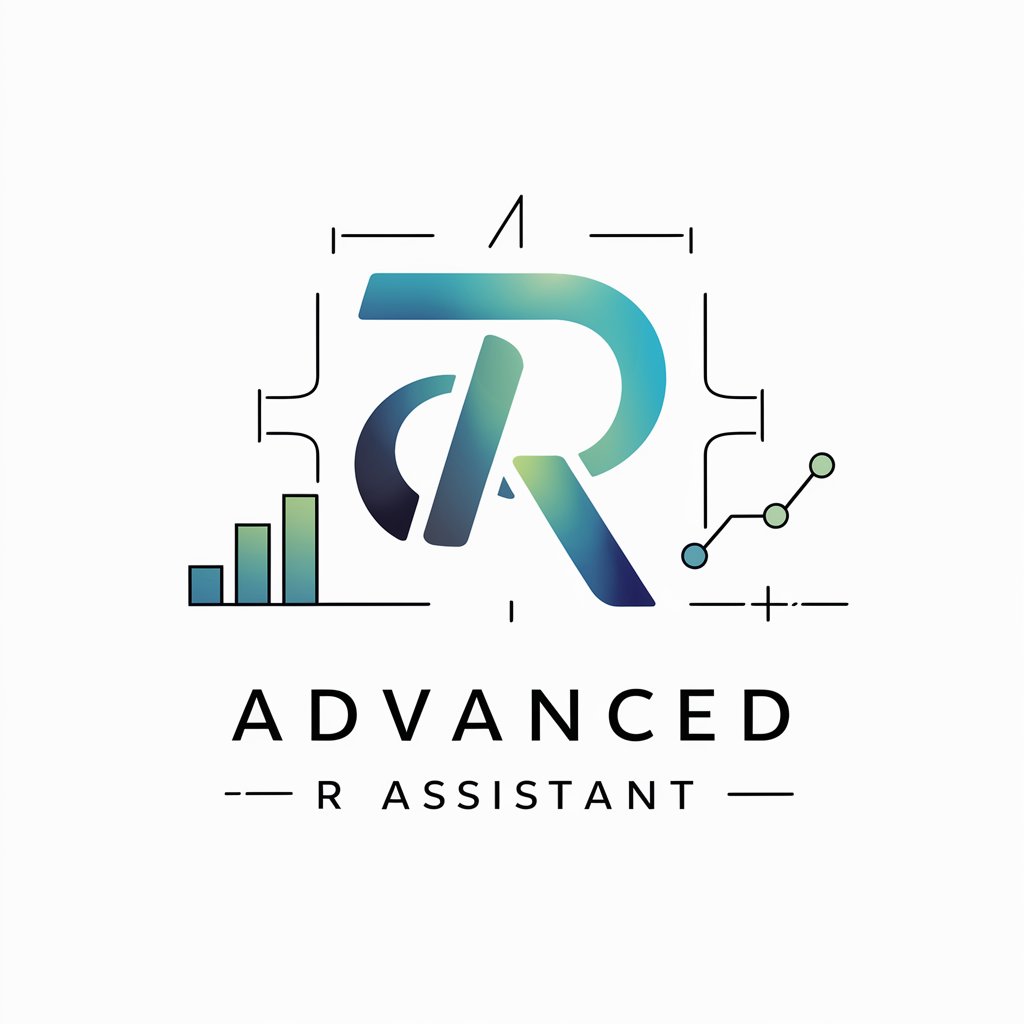
Health Curriculum Architect
Empowering health education with AI-driven data science.
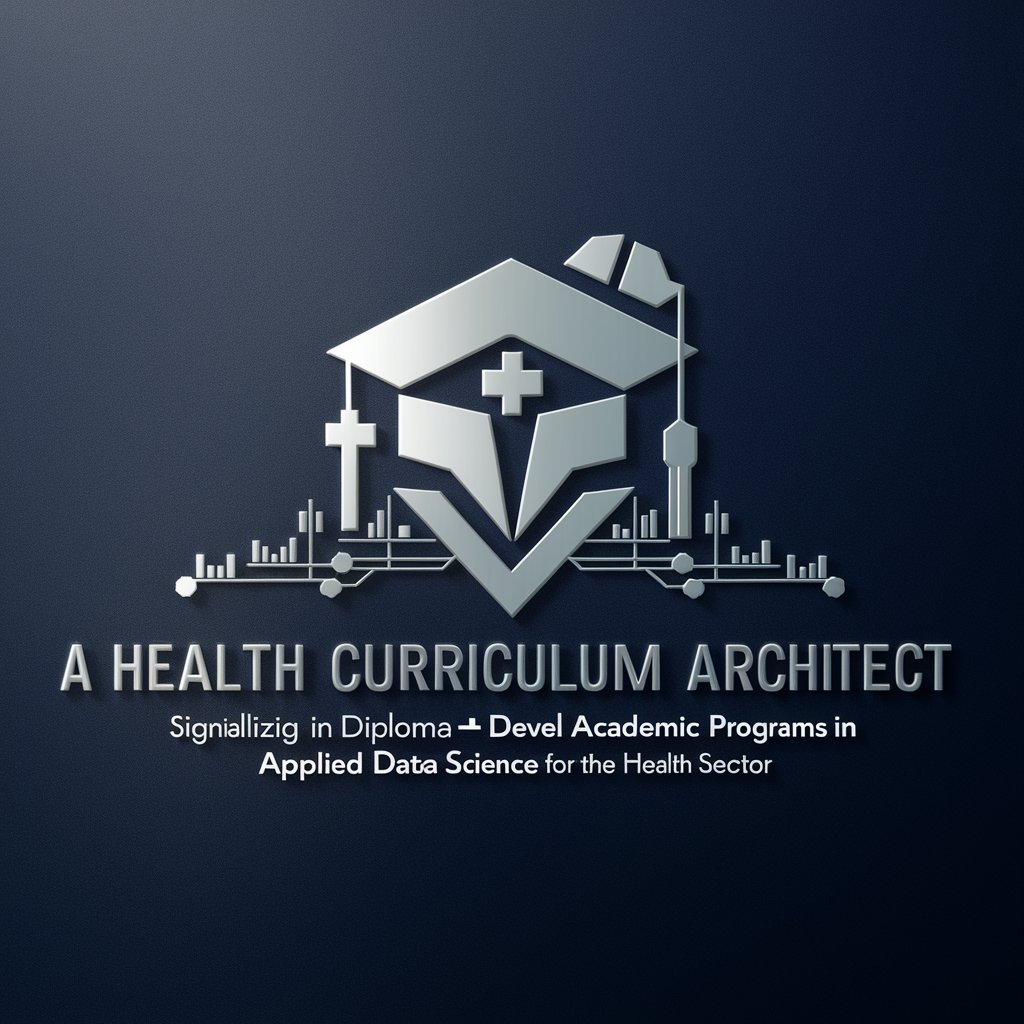
Statistics Teacher
Empowering Analysis with AI

Key Attributes and Functions
AI GPTs for Statistical Methods stand out for their adaptability across a spectrum of statistical tasks. These include automated data analysis, predictive modeling, real-time data interpretation, and generation of statistical reports. Special features may encompass natural language processing for interpreting queries, technical support for statistical programming languages like R and Python, web searching for data sourcing, image generation for data visualization, and direct data manipulation capabilities. This versatility allows for seamless transition from simple descriptive statistics to more complex machine learning models.
Who Benefits from Statistical AI Tools
These AI tools are designed for a broad audience, ranging from novices in the field of statistics to seasoned data scientists and developers. They provide an intuitive platform for those without coding skills to perform complex statistical analyses, while also offering advanced customization options for programming experts. This makes them particularly useful for educators, students, research professionals, business analysts, and anyone involved in data-driven decision-making.
Try Our other AI GPTs tools for Free
AI Optimization
Discover how AI GPTs for AI Optimization can transform your AI projects, offering adaptable, user-friendly tools designed for both novices and experts to streamline development and enhance efficiency.
Award Winners
Discover how AI GPTs for Award Winners revolutionize award management with automation, analytics, and custom solutions for a streamlined and innovative awards process.
Eco-Friendly Finds
Explore AI-driven Eco-Friendly Finds to make informed, sustainable choices with our advanced GPT tools, designed for everyone from novices to professionals seeking environmentally conscious solutions.
Global Purchases
Discover how AI GPTs for Global Purchases revolutionize global trade, offering automation, insights, and efficiency for businesses engaged in international procurement and supply chains.
Engagement Tactics
Discover how AI GPTs can revolutionize engagement tactics with personalized, interactive experiences designed to elevate user engagement across digital platforms.
Protection
Discover how AI GPTs for Protection leverage advanced machine learning to offer tailored security solutions across digital and physical environments, enhancing safety and privacy for all users.
Enhanced Solutions Across Sectors
AI GPTs for Statistical Methods offer tailored solutions across various sectors, including education, research, business, and healthcare. Their user-friendly interfaces and the possibility of integration with existing systems or workflows streamline the process of data analysis, making it more efficient and accessible. These tools not only enhance productivity but also encourage a deeper understanding of data and its implications in decision-making.
Frequently Asked Questions
What are AI GPTs for Statistical Methods?
AI GPTs for Statistical Methods are AI-driven tools that leverage Generative Pre-trained Transformers to perform a wide range of statistical analyses and predictive modeling, tailored for data analysis and interpretation.
Who can use these AI tools?
These tools are accessible to a wide audience, including novices without programming skills and experts in data science, making them ideal for anyone involved in statistical analysis or interested in learning about data science.
Can I integrate these tools with my existing data analysis workflows?
Yes, many of these tools are designed to be flexible and can be integrated with existing data analysis pipelines and workflows, enhancing productivity and insights.
Do I need to know programming to use these tools?
No, one of the key benefits of these tools is their user-friendly interface, allowing individuals without programming knowledge to perform complex statistical analyses.
How do these tools adapt to different levels of complexity in statistical tasks?
These tools are designed with adaptability in mind, capable of handling simple descriptive statistics to complex machine learning tasks, adapting to the user's needs and expertise level.
What makes these GPTs different from traditional statistical software?
Unlike traditional software, these GPTs leverage AI to provide a more intuitive and flexible approach to data analysis, including natural language processing capabilities for easier interaction and understanding.
Can AI GPTs generate visual data representations?
Yes, many of these tools include image generation and data visualization features, enabling users to create visual representations of data and statistical findings easily.
Are there any specialized features for technical users?
Yes, for users with technical expertise, these tools offer advanced customization options, including support for statistical programming languages and direct manipulation of data analysis algorithms.